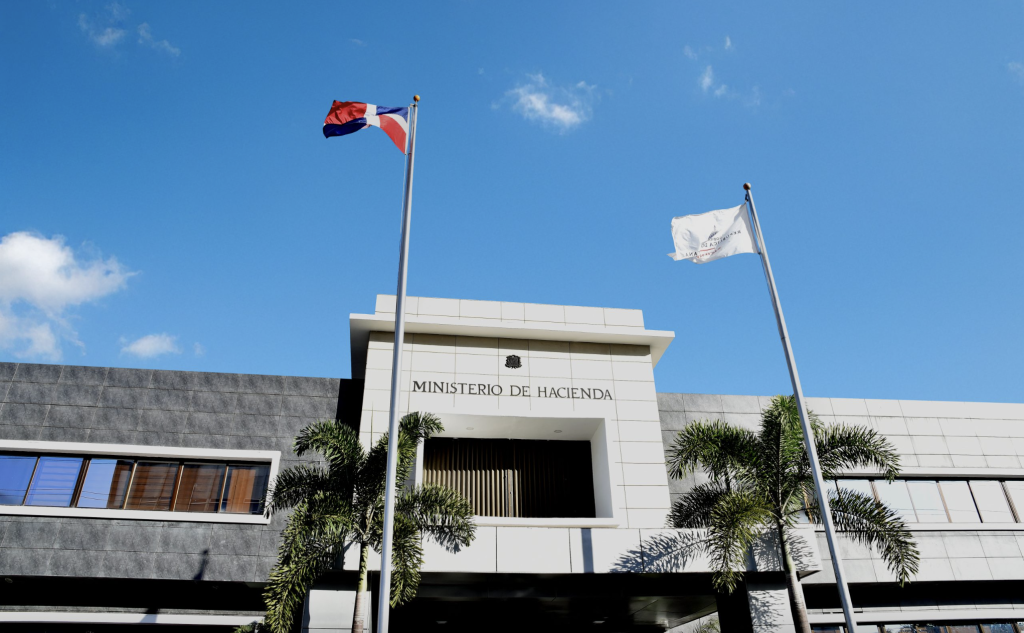
Moody’s risk assessment agency has upgraded the Dominican Republic’s long-term local and foreign-currency issuer and senior unsecured debt ratings to Ba2 from Ba3, while changing the outlook to stable from positive.
The upgrade is described as one that reflects the country’s sustained high growth rates and economic diversification, which have enhanced income levels and overall economic strength. The Dominican Republic has averaged around 5% annual growth over the past 15 years, with tourism serving as a key growth engine attracting both domestic and foreign investment. The upgrading comes at a time when the country is posting a growth rate of less than 3% so far for this year, attributed to the generalized uncertainties in global markets.
Moody’s cited recent improvements to the country’s institutional quality and policy frameworks, along with a track record of political stability and social cohesion, as factors strengthening the sovereign’s resilience to shocks. The risk rating agency decided on the upgrade given that since 2020, the Dominican Republic has implemented several institutional reforms, including a new Fiscal Responsibility Law establishing clear fiscal rules to limit government spending and deficits.
The country’s external position has also improved, supported by robust foreign direct investment, tourism receipts and remittances, which help mitigate external vulnerability risks. These factors have contributed to historically high foreign-exchange reserves.
The stable outlook balances these strengths against structural fiscal challenges, including a narrow revenue base, weak debt affordability and high foreign-currency exposure. Government revenue intake stands at just 16% of GDP, significantly lower than the 28% median for Ba-rated peers.
Moody’s expects a general government fiscal deficit of around 3.2% of GDP in 2025 and approximately 3.0% thereafter, with debt stabilizing at around 48% of GDP over the next two years. However, debt affordability remains weak, with interest payments amounting to 21% of government revenue in 2024 – almost twice the median of Ba-rated peers.
Read more:
Ministry of Hacienda and Economy
Investing
4 August 2025

